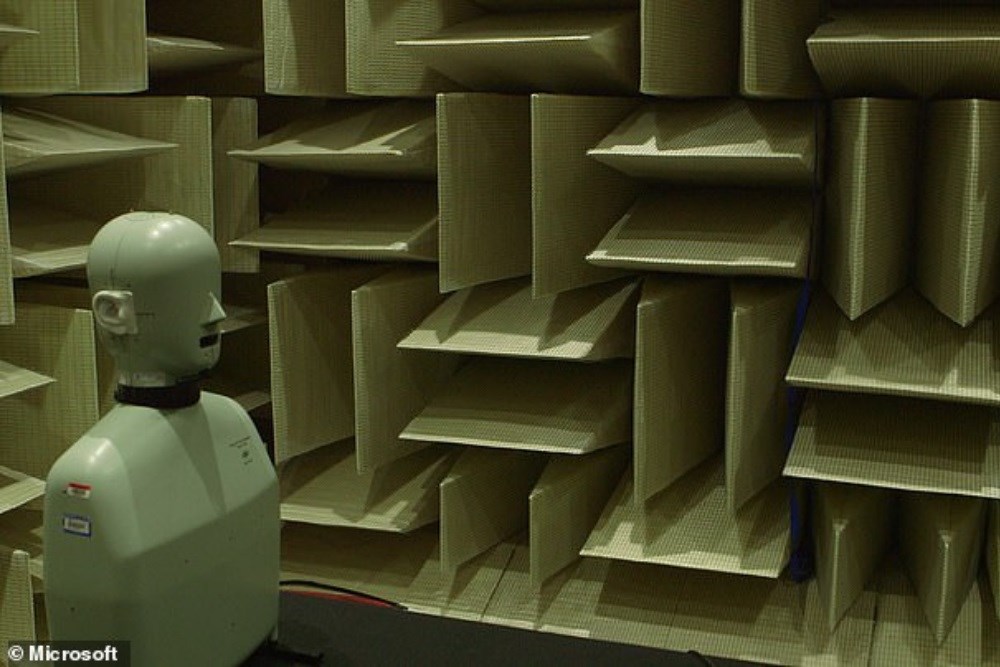
World's Quietest Room
Did you know that the Orfield Laboratory has the world's quietest room? This room is located in the state of Minnesota in Minneapolis and is primarily used to test hearing aids. The sound intensity in this room is -9.4 decibels, which is less than the average sound level of 30-60 decibels typically found in places that are normally considered "quiet." The lowest sound level that the human ear can perceive is considered to be 0 decibels, so -9.4 decibels is truly, incredibly quiet.
.jpg)
If you're wondering why the decibel value is negative, the secret lies in reference values. The decibel is a logarithmic ratio that is calculated in proportion to reference values established by humans. Therefore, a value of -9.4 dB doesn't mean that the sound level is below 0. 0 dB is the lowest sound level that the human ear can hear, but there are sounds below this level that still exist (at a sound level too low for us to hear). A value of -9.4 dB indicates a sound level that is about one-third of the lowest sound pressure that the human ear can hear.
This room, known as the world's quietest room, is also called anechoic chamber because no sound waves are reflected inside it. Thanks to special insulation materials, all sound waves emitted from sound sources are completely absorbed and extinguished. Low-frequency sounds are directly absorbed by the insulation material, while high-frequency sounds bounce off the walls covered with triangular structures and are reflected inside the wall forever, thus extinguishing the sound.
.jpg)
The inside of this room is so quiet that you can hear the sounds produced by your own body. You can hear your heart beating, your clothes rustling with each movement of your ear bones, the sound of saliva moving in your mouth, and even the faint sound of blood flowing through your veins. Recognized by the Guinness Book of World Records as the quietest place on Earth, this room demonstrates that sound insulation and sound comfort do not require complete isolation from life in a completely silent environment. In fact, being able to hear some of the sounds of life around you makes you feel alive. After all, we are living beings, so why not enjoy the sound of life?
__________________________

